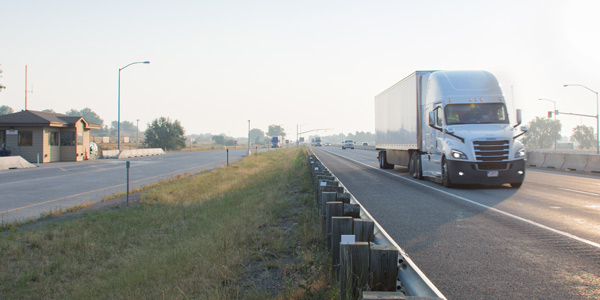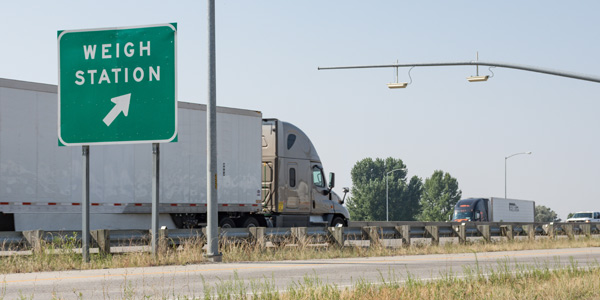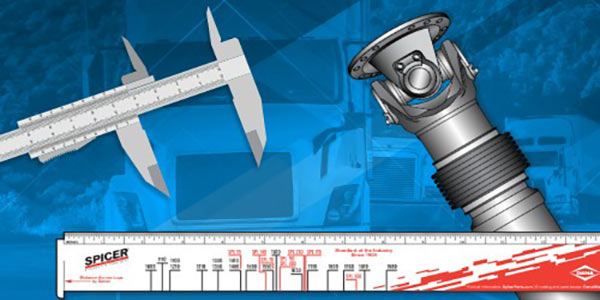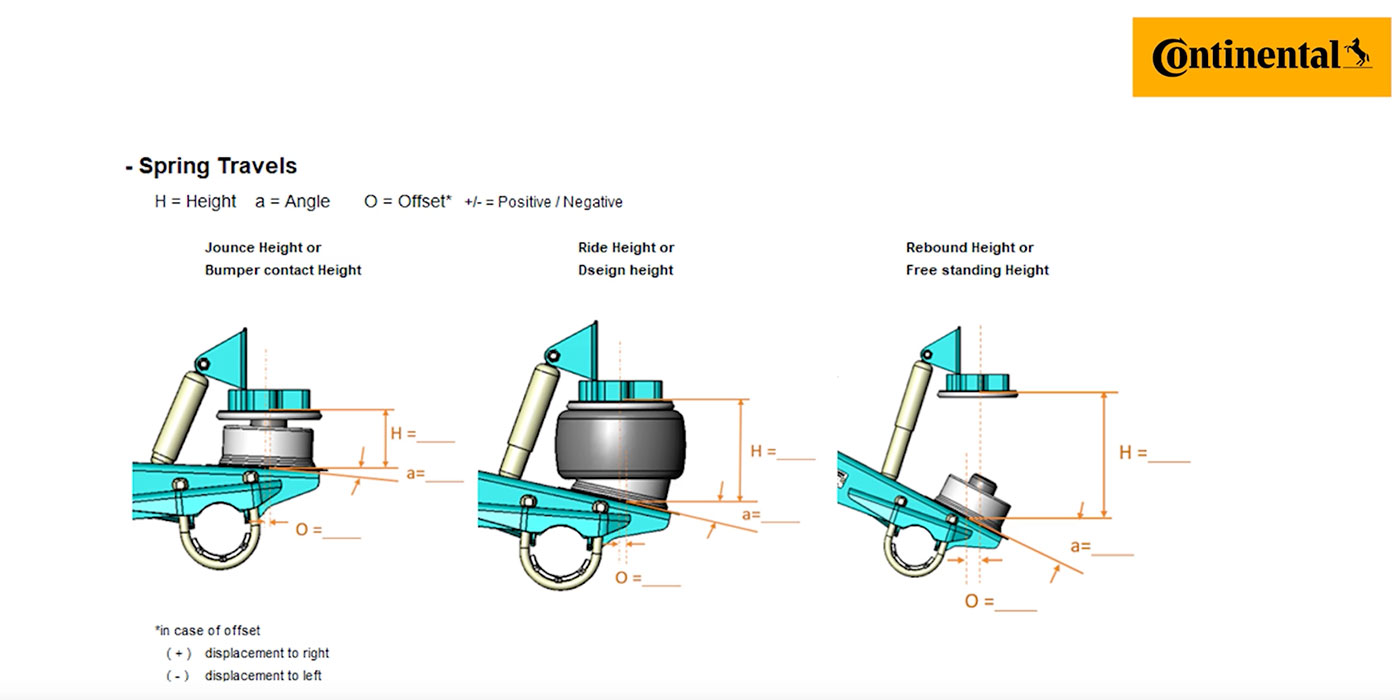
There are two technologies used for weigh station bypassing. The Texas A&M Transportation Institute (TTI) recently completed a study on cellular bypass mobile apps compared to using transponders for bypassing weigh stations.
Transponders currently in use for electronic bypass and virtually every electronic tolling system, are based on Radio Frequency Identification (RFID) technology. This is the same the technology chosen by the U.S. Department of Transportation for connected and autonomous vehicles, because RFID is extremely fast, accurate and 99.9% reliable.
Electronic weigh station bypass is also possible using Commercial Mobile Radio Services (CMRS) technology. You know it better as “cellular technology.” CMRS is flexible – such as an “app” on a smart phone, a tablet, or as part of an on-board telematics platform in a truck.

TTI, a highly respected scientific research organization, reached some key conclusions from its study of weigh station bypass technology.
RFID transponders may be more reliable than CMRS mobile apps. When vehicles are traveling closely and a weigh-in-motion scale (WIM) is present, CMRS cellular signals do not always accurately attribute the correct safety, credentials and weight to the correct vehicle. TTI concluded a 81.5% to 93.9% accuracy rate at these locations, resulting in a greater chance of a “red light,” and directing the truck to pull in.
Weak cell signals do not appear to affect bypass performance — as long as connectivity is maintained. Wireless signal connectivity should be considered wherever CMRS technology is used. The study found that while a loss of cellular signal will result in a “red light,” a weak cellular signal did not adversely affect performance.

With these results, what is the best weigh station bypass technology for your fleet? When making this decision, keep these points in mind:
- CMRS mobile technology is flexible, apps can be installed on smart devices and on-board truck computers. There is no need for transponder management.
- CMRS allows the geo-fencing of “virtual” weigh stations at locations where wireless signal connectivity is strong and where it may not be cost-effective to install the roadside hardware required by RFID. This means there may be more bypass sites within the CMRS network.
- CMRS technology is not as fast, accurate or reliable as RFID technology. There will be more “red lights” with CMRS — more trucks directed into weigh stations, even when credentials should allow them to bypass.
- RFID transponders are also used for toll payment capture, a function that is not available with CMRS in the foreseeable future. Many truck fleets use the same transponders for both weigh station bypass and electronic tolling.
- When approaching a weigh station that accepts both technologies, CMRS technology automatically defers to the more accurate RFID transponder. This ensures that a driver will not receive a “red light” from one device and a “green light” from the other.
- The optimal solution is to use a CMRS app alongside an RFID transponder to leverage the reliability of a transponder for bypass and electronic toll payment, along with enhanced coverage afforded at non-RFID sites by a mobile application.
PrePass is here to help. If you have questions or need help determining the best bypass solution for your fleet, contact us.
This article was sponsored by PrePass.













